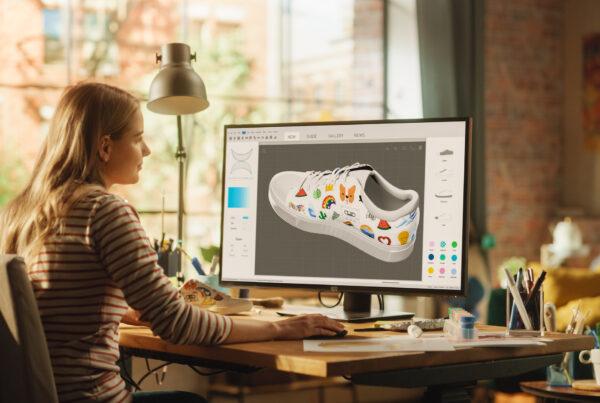If you have a passion for design, it is likely that you have thought about how to communicate visually. From the anatomy of the letterform to the look of a web design pitch, composition plays a role in how users, audiences and clients connect to your design work. In this way, web design is as much art as it is a craft. There are formulas and standards, but there is also room for individuality.
The skills you learn as a designer will extend to helping you create well-composed websites. Throughout your career, you may be responsible for various elements of websites, from consulting with clients in order to understand their needs to do user testing to designing graphics or typefaces, and more. All of these things feed into how a website is composed. Keep reading to find out more about why composition skills are integral to design.
Good Composition Increases Usability
Composition refers to the layout of elements including photos, text, menus and any other front end features of a website. The way that a website is arranged is a visual guide for users. One concept that affects usability is the hierarchy. This usually refers to the different sizes of text and the idea that a user’s eyes will be drawn to the biggest text, or header, first.
When you do web design courses the role composition plays in usability will become even more apparent. In order to compose a site, you must have an idea of what the optimal user experience is. Will a user intuitively know how to navigate to find what they are looking for? Composition elements such as alignment, sizes of images and negative space will affect the answer to this question.
The Art of Visual Interest in Web Design
In addition to making websites functional and intuitive, good composition is an expression of your artistry as a designer. Web design college provides an environment in which you can experiment and develop your own visual style through hands-on experience. While your own personal aesthetic preferences will usually have to come second to a client’s brief, there is room for you to be creative with composition.
For example, you may use a common layout formula like the “Z formation” for a news site. The Z refers to the way a user’s eyes move from left to right, then down and across. To get this effect you might use particular typography, images, or colours. All of these elements provide an opportunity for creativity and originality even within a formula. The key is to keep in mind how users will interact with your points of visual interest.

Working with peers and getting feedback will help you develop your composition skills in college
Composition is Communication
Your compositions speak for you and for your clients. When a website loads, it immediately registers a first impression on the user. The effects of the colour palette, the brand message, and the overall mood of a site are communicated to a certain extent by composition.
One of the most exciting things about a web design career is the variety of clients you can work with. It will be part of your job to communicate a client’s message through design and composition. For example, the way you layout different colours is just as important as the colours you use. Similarly, different fonts bring with them many associations that can denote seriousness or fun or anything in between. All of the ways in which visual elements communicate show composition is one of the most significant parts of web design.
Ready to make an investment in your future?






